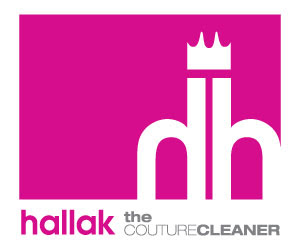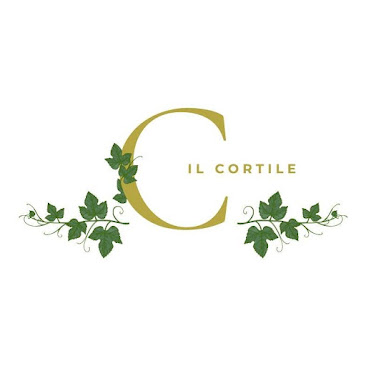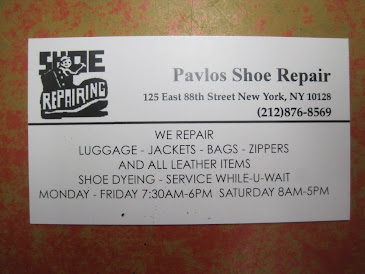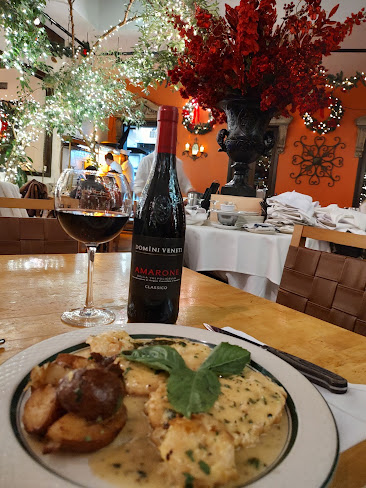Peachy at The Met: Ennion: Master of Roman Glass until April 13, 2015 #Ennion Our Coverage Sponsored by Maine Woolens
Maine Woolens is a weaver of blanket and throws located in Brunswick, Maine. We work primarily with natural fibers, like cottons and worsted wools and are committed to using renewable natural fibers from American growers whenever possible. We do piece dyeing and package dyeing in house and the combined experience of our excellent employees exceeds 300 years. Our wool and cotton blankets and throws are 100 percent machine washable, soft and luxurious to the touch, cozy warm and comfortably light. We have many styles to choose from. Our clients are very positive about our products and happy to support a Made in Maine, USA company. Jo Miller is a Mover and Shaker:
Visit our website at www.mainewoolens.com
We have been highly recommended by Whom You Know:
Maine Woolens, affordable luxury and tradition.
Ennion, who has endured throughout the centuries, should be at the top of your cultural priority list right now, Manhattan! At The Met, it features exquisite glass that is older than any glass you've seen before probably.
It's on the mezzanine level of the Roman/Greek area on the left once you walk into The Met.
To be exact:
Exhibition location: Greek and Roman Special Exhibition Gallery, Gallery 172
We particularly loved the old green glass.
The fact that these pieces have survived as long as they have is reason enough to make sure you see this until April 13th!
Glassmaking originated around 2500 B.C. in Mesopotamia, and by the mid-first millennium B.C. it had spread throughout the ancient world. The number of vessels made from glass remained limited, however, until the introduction of two important technical advances—the use of the blowpipe and closed multipart molds—in the late first century B.C. and the early first century A.D., respectively. These advances revolutionized the glass industry under the Roman Empire, making glass vessels accessible to all and allowing producers to create a wide range of shapes, sizes, and usages. Some of the earliest vessels made by mold blowing bear the names of the craftsmen who “signed” the molds.
In the early first century A.D. the most outstanding examples of Roman mold-blown glass were made by a craftsman called Ennion, and products of his workshop are the focus of the exhibition Ennion: Master of Roman Glass, at The Metropolitan Museum of Art. This is the first exhibition of ancient glass organized by the Metropolitan, which has one of the finest collections of this material in the world.
The exhibition is made possible by Diane Carol Brandt, The Vlachos Family Fund, and The David Berg Foundation.
Glassware—primarily jugs and cups—signed by Ennion was traded throughout the entire Mediterranean world and has been found during archaeological excavations at sites from Israel to Spain. Of the 37 complete or fragmentary vessels in the exhibition, 24 are by Ennion, including the Metropolitan Museum’s three signed pieces. Examples by other named glassworkers of the period—including one of only two intact works by Ennion’s closest rival, Aristeas, as well as examples of beakers signed by Jason, Neikais, and Meges—will also be presented. A selection of unsigned blown glass that illustrates Ennion’s profound influence on the nascent Roman glass industry will also be on view.
The exhibition features works from museums and private collections in Europe, Israel, and the United States. Lenders to the exhibition are The Corning Museum of Glass; Israel Antiquities Authority and the Israel Museum, Jerusalem; Eretz Israel Museum, Tel Aviv; The British Museum; the Louvre; Museo di Antichità, Turin; Musei Civici del Castello Visconteo, Pavia; Museo Archeologico Nazionale di Adria; Yale University Art Gallery; Newark Museum; Chrysler Museum of Art, Norfolk, Virginia; the Yunwai Lou Collection, New York; and the Strada Collection, Scaldasole, Italy. Six works were also lent by Dr. Shlomo Moussaieff, who had the initial concept for the exhibition.
A catalogue suitable for non-specialists will accompany the exhibition. Published by The Metropolitan Museum of Art and distributed by Yale University Press, the catalogue will be available in the Museum’s book shops (paperback, $24.95).
The catalogue is made possible by The Adelaide Milton de Groot Fund, in memory of the de Groot and Hawley families. Additional support is provided by Dr. Shlomo Moussaieff.
Ancient glassworking techniques will be demonstrated within the exhibition by means of a video that was commissioned by the Corning Museum of Glass and filmed at the Roman-style wood-fired furnace at Villa Borg, Germany.
Education programs will include exhibition tours and a Friday Focus lecture on February 20 by William Gudenrath, an authority on historical hot glassworking techniques.
The exhibition was organized by Christopher S. Lightfoot, Curator, Department of Greek and Roman Art. Exhibition design is by Daniel Kershaw, Exhibition Design Manager; graphics are by Mortimer LeBigre; and lighting is by Clint Ross Coller and Richard Lichte, Lighting Design Managers, all of the Museum’s Design Department.
The exhibition will be featured on the Museum’s website, as well as on Facebook,Instagram and Twitter via the hashtag #Ennion
After the presentation at the Metropolitan Museum, the exhibition will be shown at the Corning Museum of Glass (May 15–October 19, 2015).






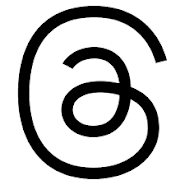

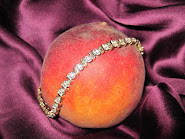


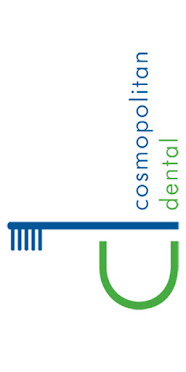


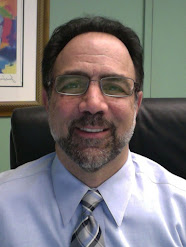















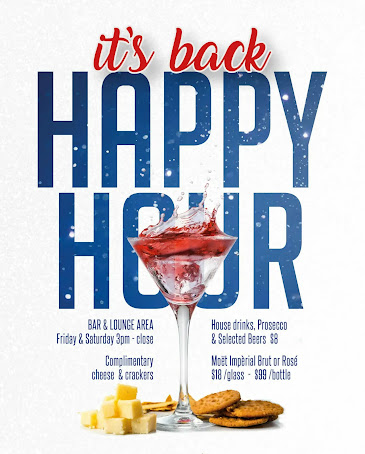







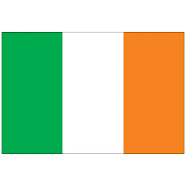
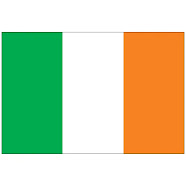

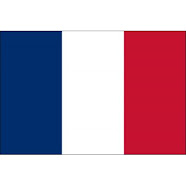


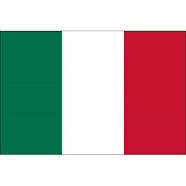



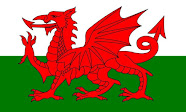
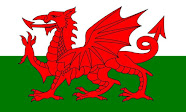




-Moussaieff-72dpi.jpg&container=blogger&gadget=a&rewriteMime=image%2F*)





























